Cerne Abbas Giant to be re-chalked to former glory
Dorset's giant chalk figure is undergoing a two-week makeover to preserve it for future generations.
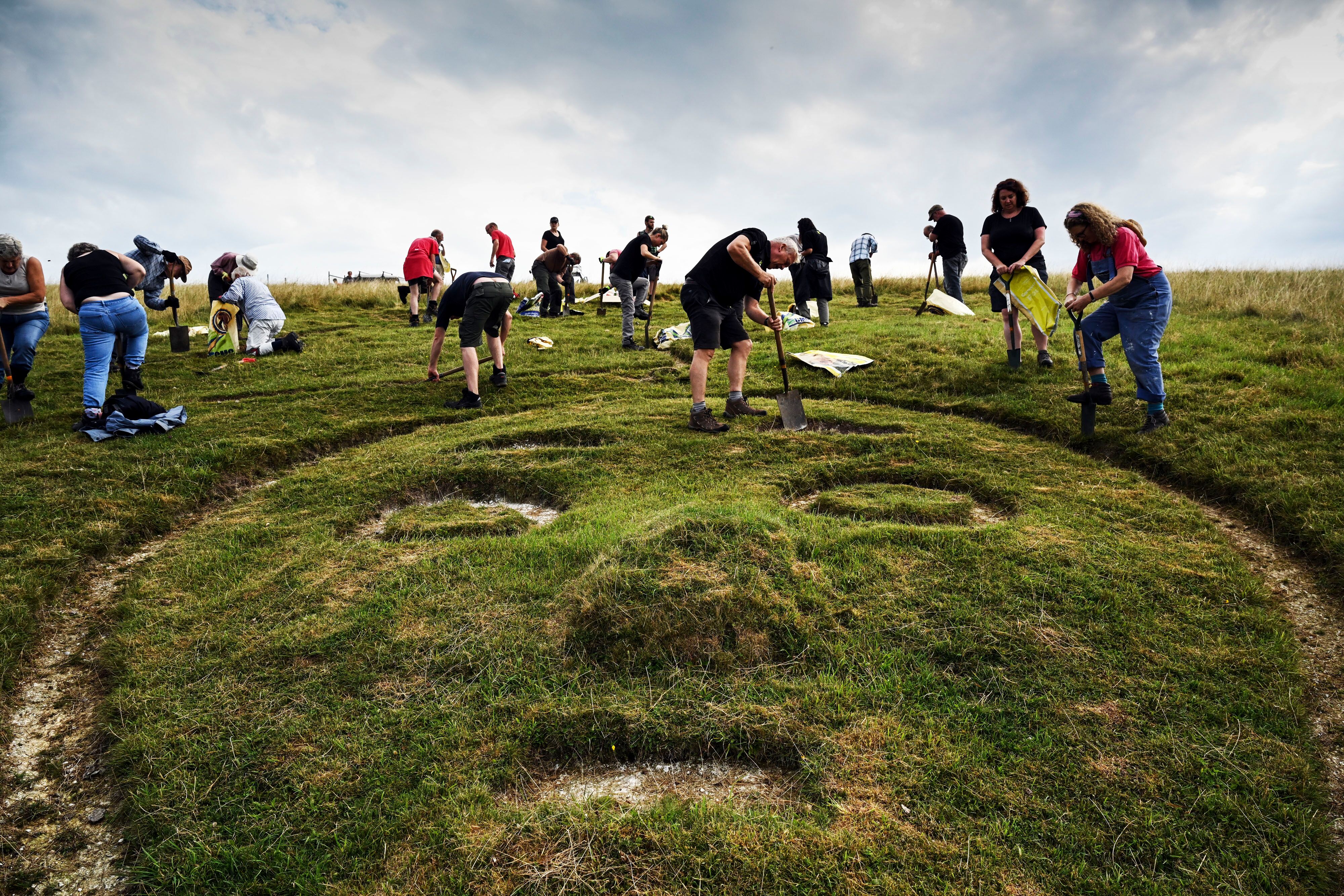
The Cerne Abbas Giant has become discoloured since its last refresh in 2008, with weeds blurring its previously sharp outline.
17 tonnes of chalk sourced from a nearby quarry will be tightly packed in by hand to the 460 metre Giant to ensure it remains visible for miles around.
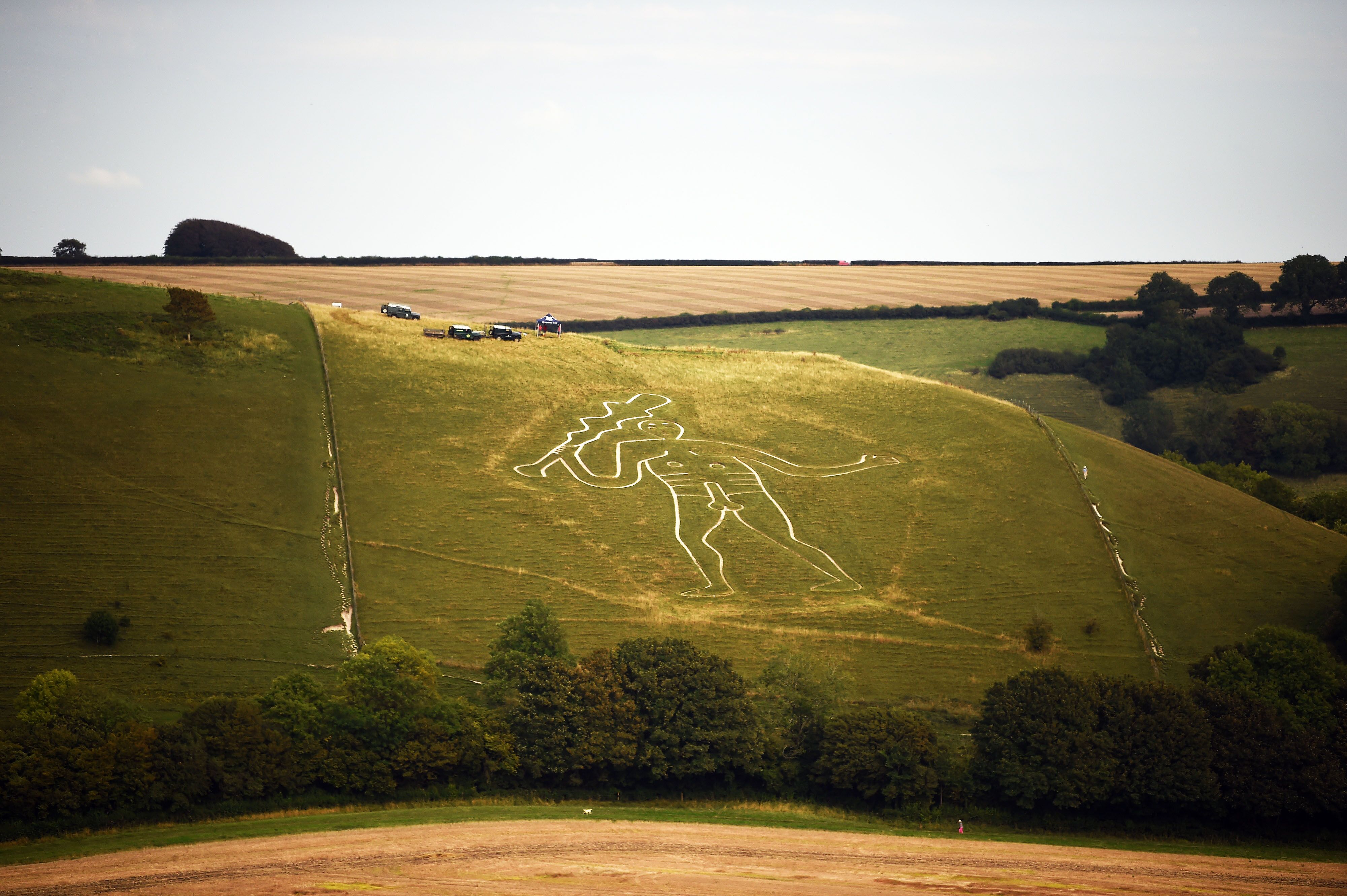
'Re-chalking the Giant is challenging in many ways, not only due to its size but because of the sheer steepness of the slope he’s on,' said Natalie Holt, countryside manager for the National Trust.
'The giant is vulnerable to erosion from rainwater which can collect in its chalk outline and run down the hill at speed. Therefore, it’s important for us to ensure that the chalk is packed as tightly as possible.
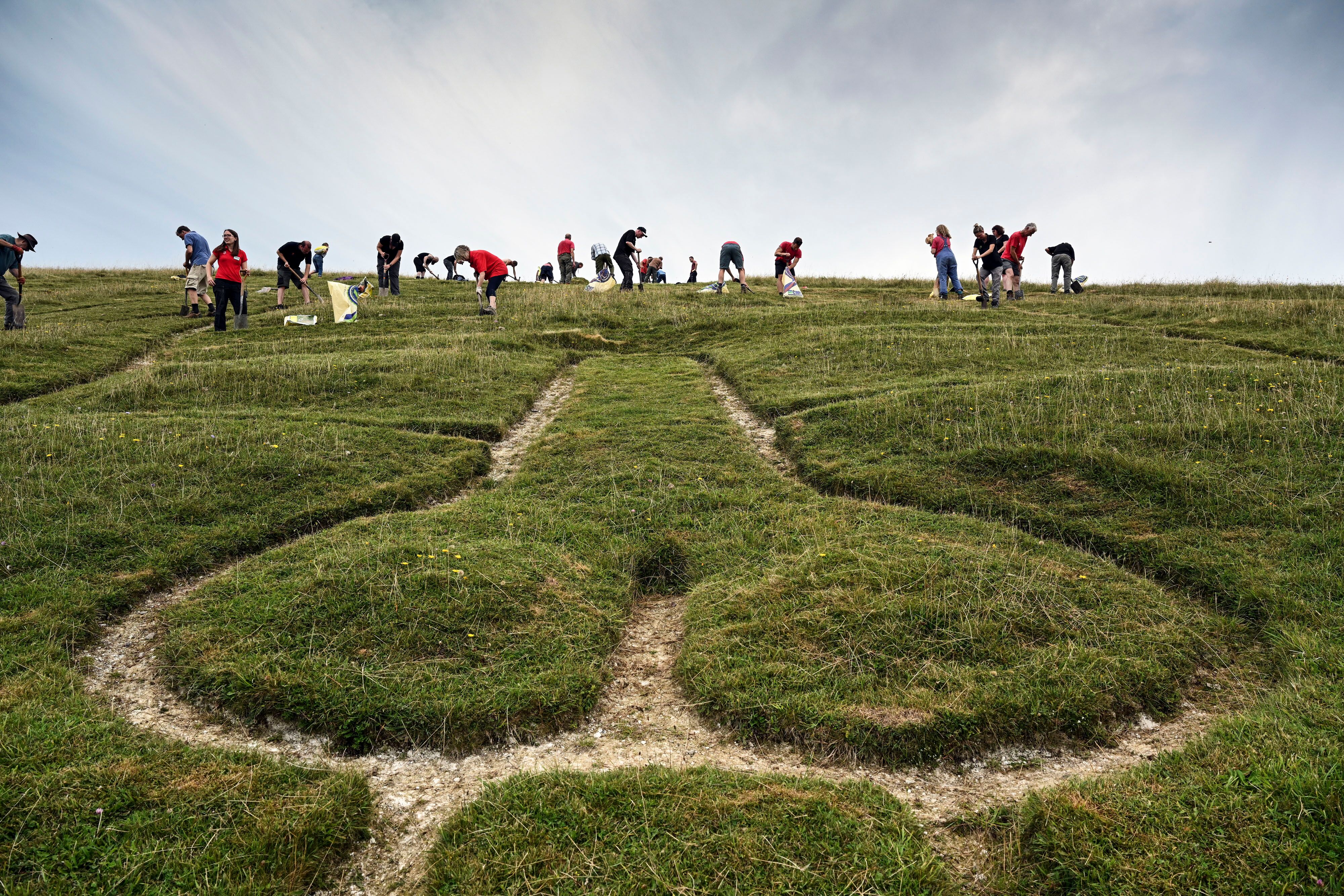
'When we’re happy we’ve done a really good job of packing the chalk, we will leave him alone – and tamper with him as little as possible – to preserve him for another decade.'
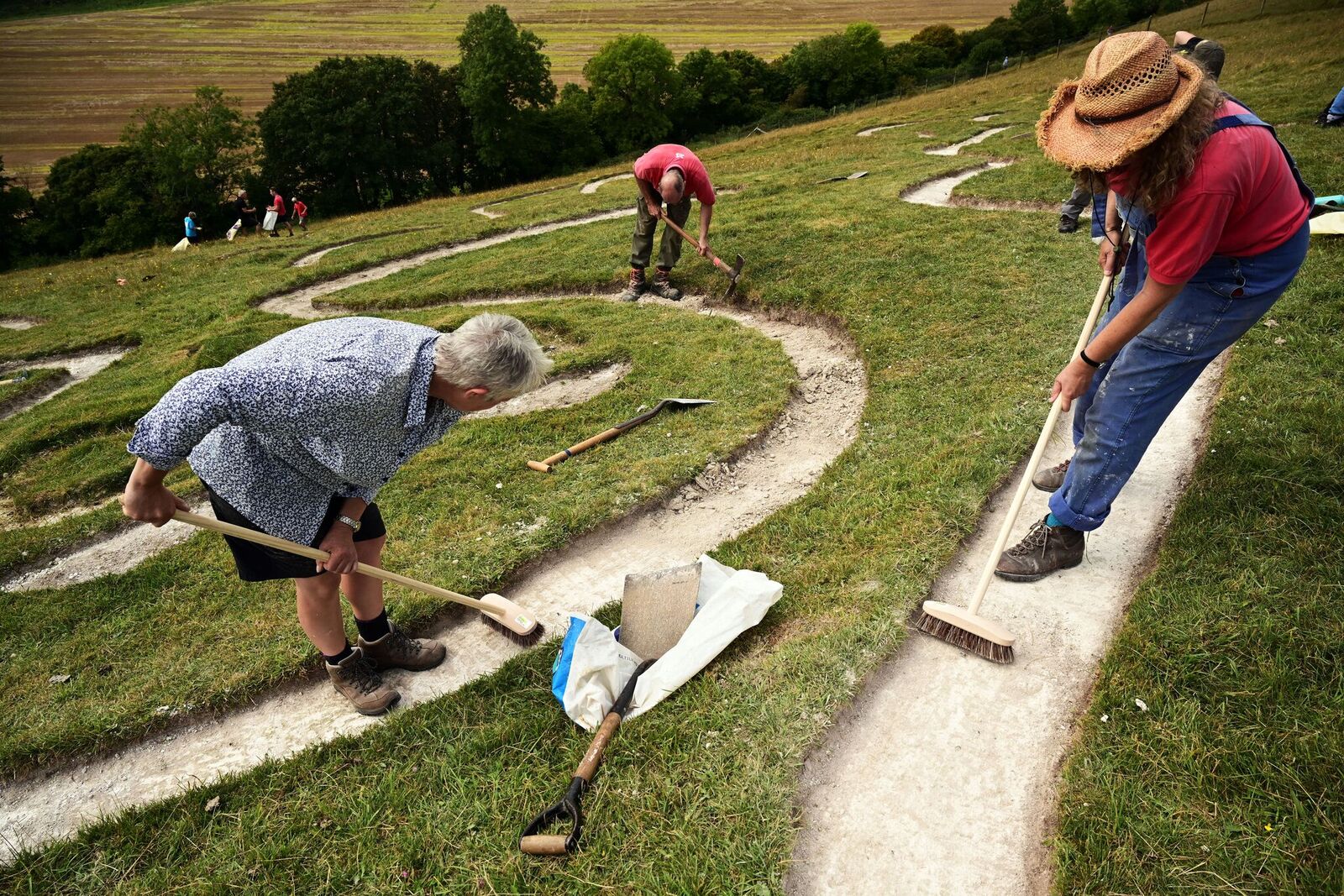
The origin of the Giant — which stands naked and brandishes a 40 metre-long club — remains shrouded in mystery, with ideas ranging from a depiction of ancient gods to aiding fertility.
'There are many different theories surrounding the giant’s identity and origin,' said Mike Clark of the Cerne Historical Society. 'Some claim he is an ancient symbol, perhaps a likeness of the Greco-Roman God Hercules, though the earliest recorded mention of the Giant only dates from 1694.
Exquisite houses, the beauty of Nature, and how to get the most from your life, straight to your inbox.
'Others suggest he was created to mock Oliver Cromwell. These are the most favoured theories but all of them have their drawbacks.
'Local folklore has also long held him to be an aid to fertility.'
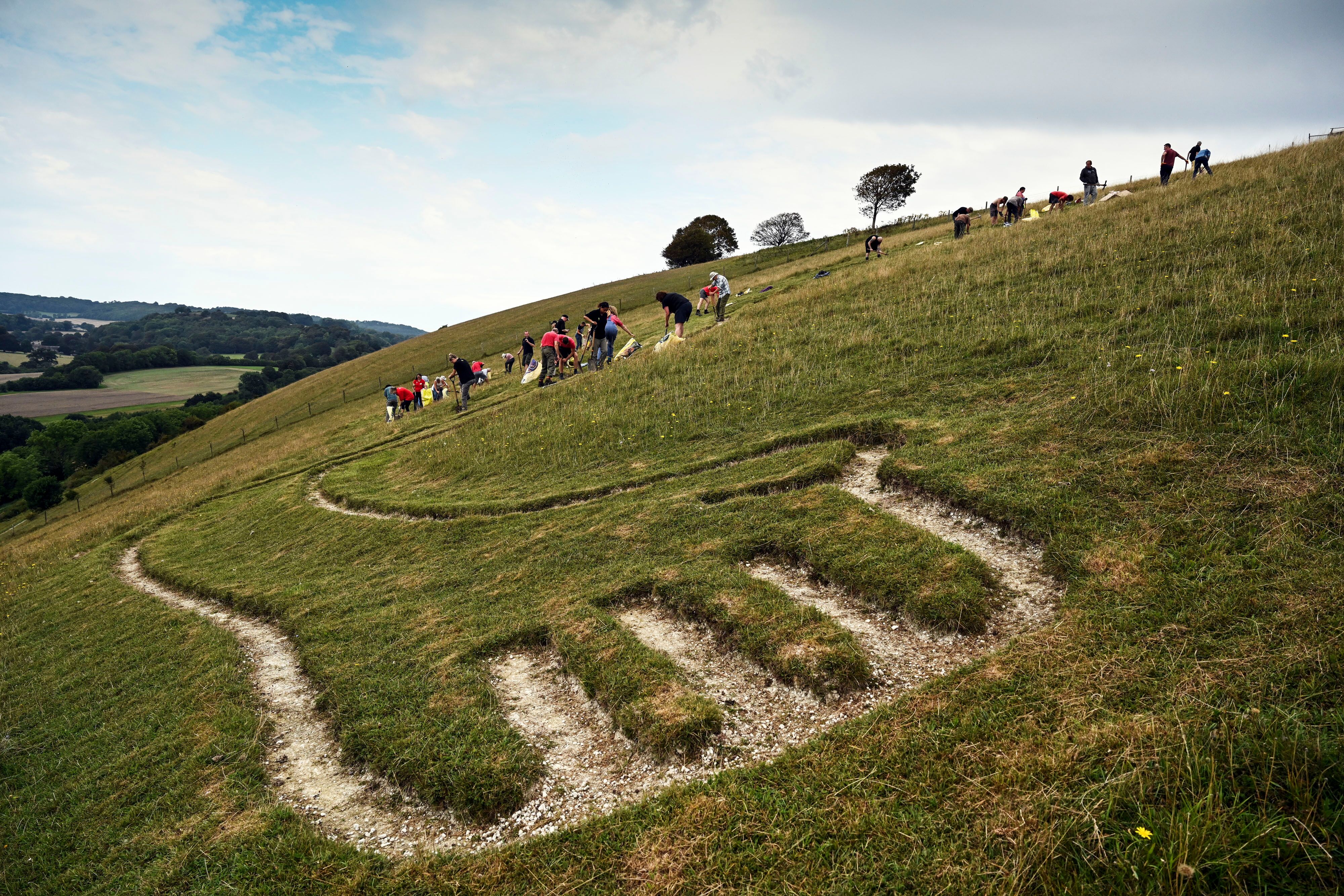
The Giant lies on high quality chalk grassland, which hosts range of wildflowers including orchids, thyme, marjoram and small scabious; and is an important site for butterflies including the Marsh Fritillary and Duke of Burgundy.
'We know that the impacts of climate change, should we experience more frequent and severe rains, it may mean it requires more frequent chalking,' added Ms Holt.
'We may also have to alter the timing, duration and number of sheep grazing the hillside in order to keep the grass short enough so the Giant can be seen. This in tandem with maintaining a flower-rich chalk downland could be a tricky balance to find.'
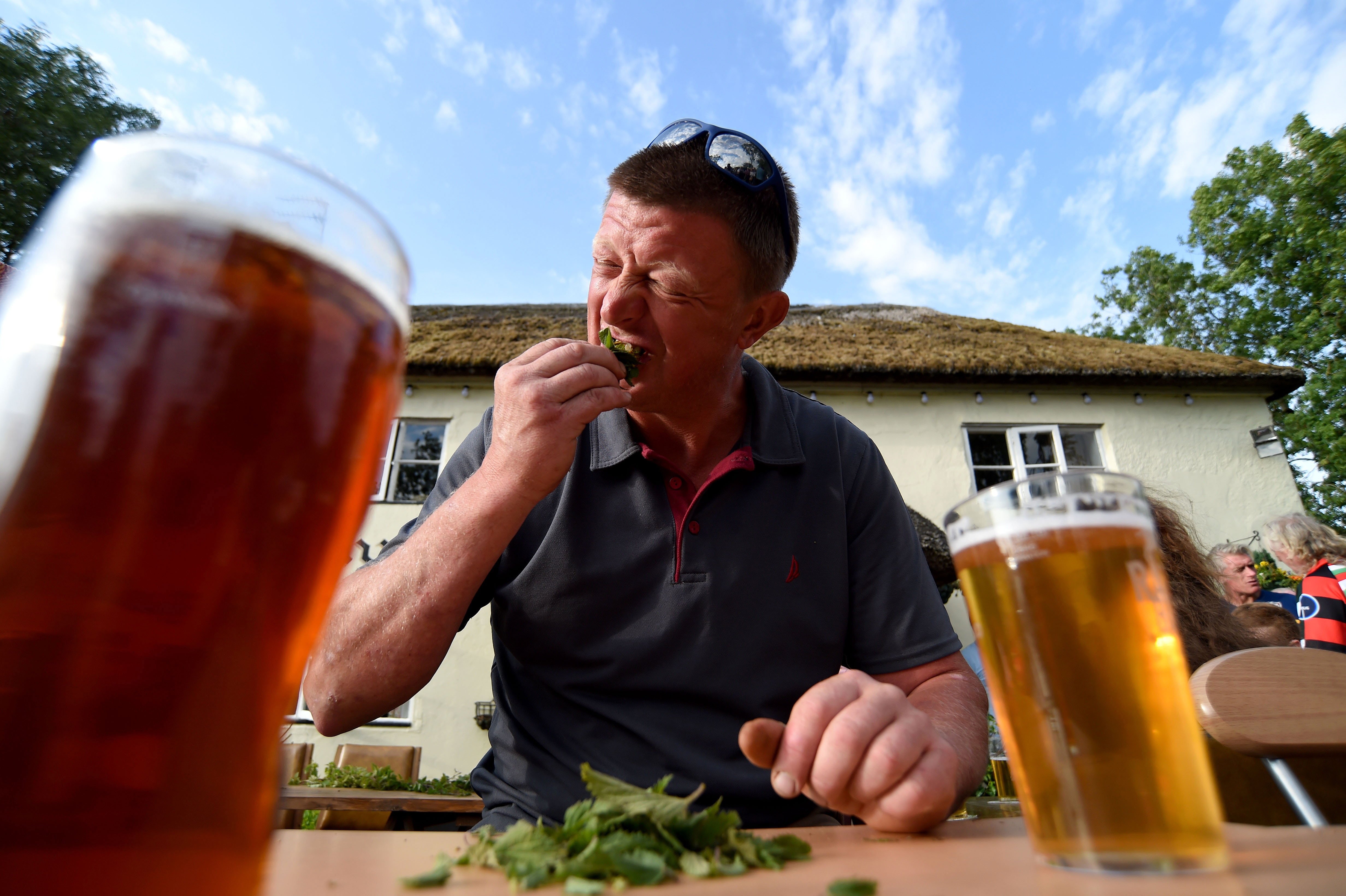
Swollen tongues and black mouths: Competitors tuck in at World Nettle Eating Championship
The Bottle Inn in Dorset is the host venue for the annual World Nettle Eating Championship, which invites entrants to

Credit: Knight Frank